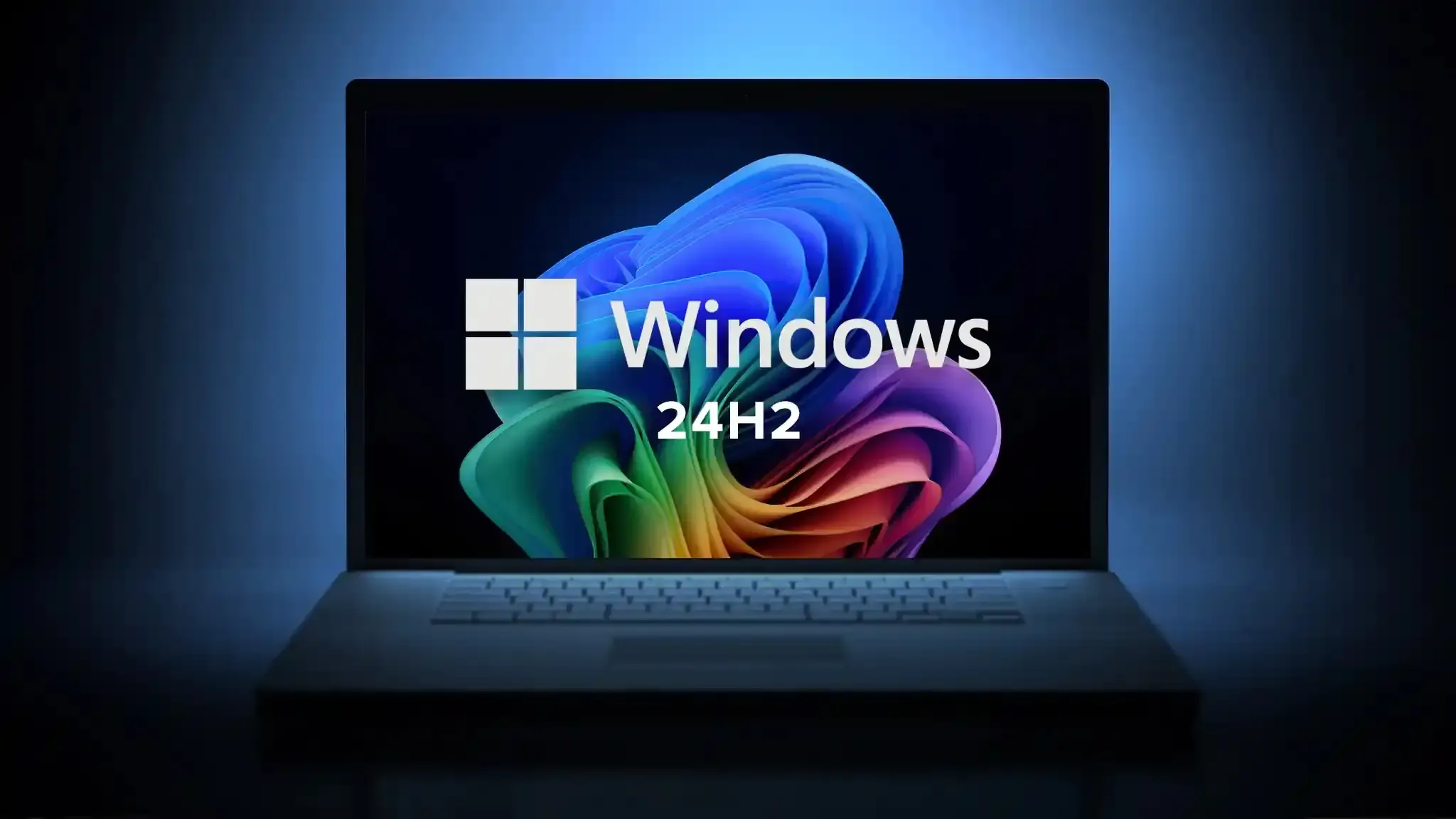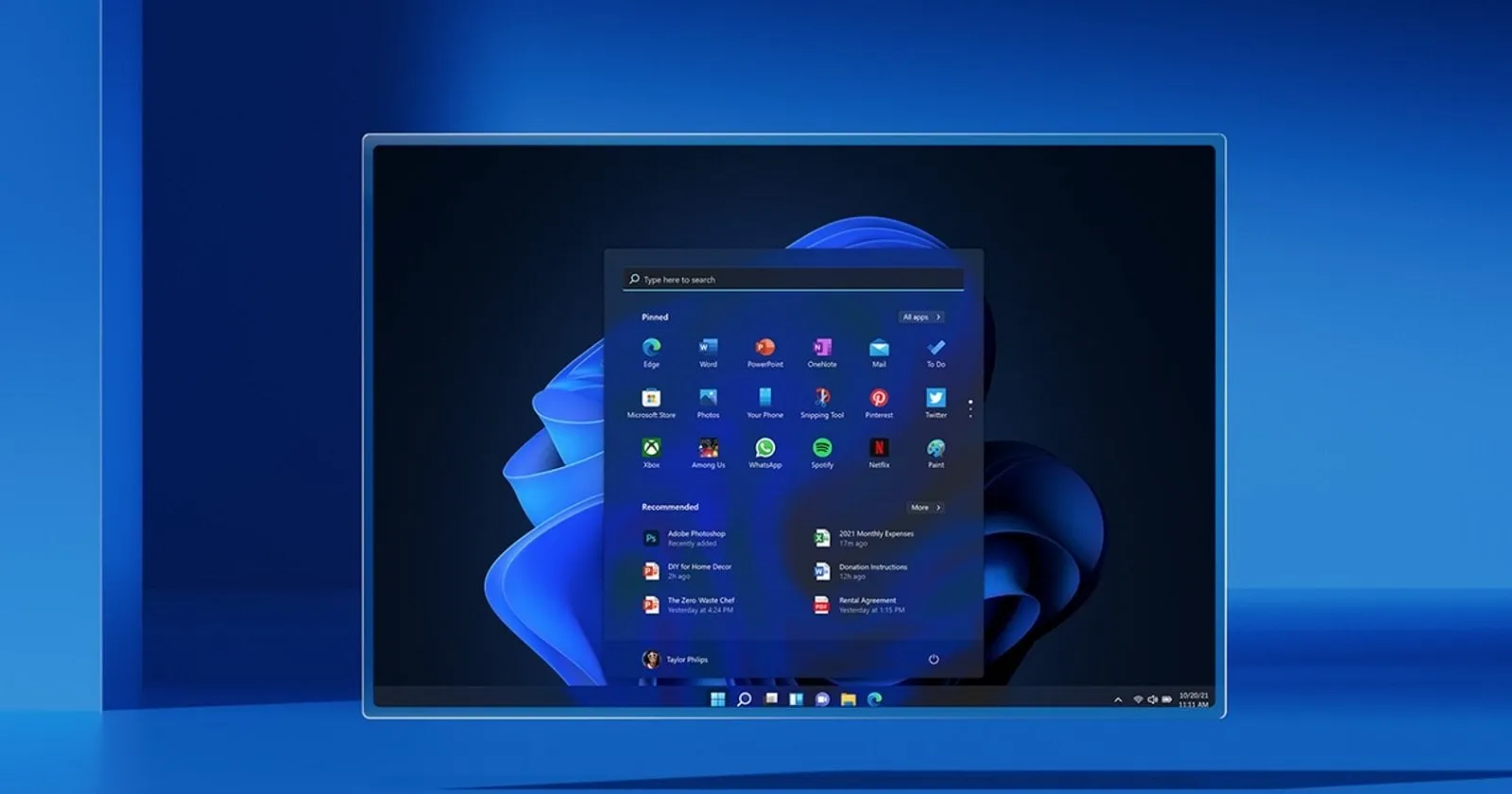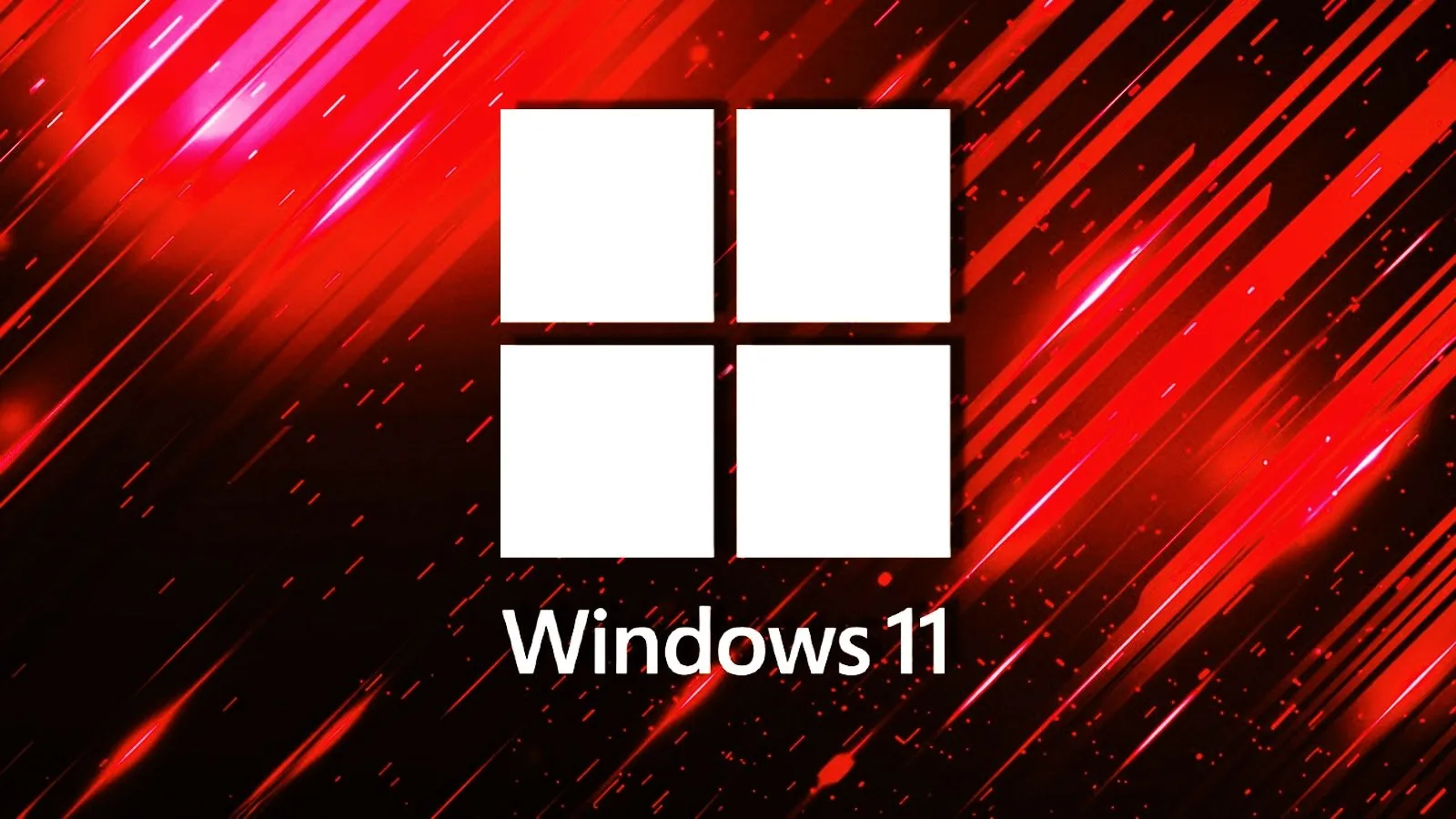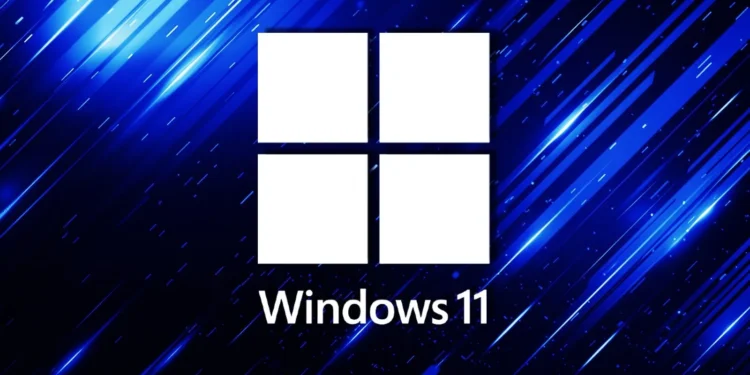In a significant move to streamline its operating system’s performance and security, Microsoft has announced the commencement of the forced update to Windows 11 24H2. Targeting systems running the Home and Pro editions of Windows 11 from versions 22H2 and 23H2, this update marks a critical step in the tech giant’s strategy to keep its user base on the most secure and efficient version of its OS.
As per Microsoft’s Lifecycle Policy, the 23H2 version will see its support end in October 2025, while the 22H2 version had its support curtain drawn in October 2024. This phased rollout, as described by Microsoft on their Windows release health page, underscores their commitment to user experience and cybersecurity. “We have reached a new stage in the phased rollout of version 24H2. Eligible devices running Home and Pro editions of Windows 11, versions 23H3 and 22H2 will be gradually updated to version 24H2,” Microsoft stated.

What This Update Means for Users
Dubbed the Windows 11 2024 Update, version 24H2 began its deployment in October, exclusively targeting non-managed devices. This means the automatic update process will skip devices managed by IT departments, placing control squarely in the hands of individual users and small businesses. “This automatic update targets only devices that are not managed by IT departments. Users can choose the time to restart their device or postpone the update,” Microsoft explained, ensuring flexibility in managing the upgrade process.
For those eager to embrace the latest features sooner rather than later, Microsoft offers options within the Settings > Windows Update menu. Users can check for the update manually and opt-in to receive feature updates as soon as they become available. Conversely, for users not ready to install the new upgrade, there is an option to pause updates temporarily, although Microsoft stipulates that updates must be resumed after the designated pause period to ensure system integrity and security.
Addressing Compatibility and Upgrade Challenges
Understanding the diverse hardware and software environments in which Windows operates, Microsoft has implemented safeguard holds to prevent the 24H2 update from being pushed to systems that may face compatibility issues. This careful approach helps mitigate potential disruptions and enhances the overall stability of the upgrade process.

Moreover, to aid users in navigating any challenges that arise during the upgrade, Microsoft provides a comprehensive support document and step-by-step guide. These resources are designed to resolve common issues, ensuring a smooth transition to the latest version of Windows 11.
The Road Ahead for Windows 11 Users
As Microsoft continues to evolve its operating systems, the introduction of mandatory updates like Windows 11 24H2 is a clear indication of the company’s forward-thinking approach. This strategy not only enhances user experience through new features and improved security but also standardizes the technological ecosystem for better interoperability and support.
With the end of support dates looming for older versions, users are encouraged to adopt the latest updates promptly. Staying updated is no longer just a matter of accessing new features but a crucial step in safeguarding against vulnerabilities and optimizing system performance.

In conclusion, as Windows 11 continues to mature, Microsoft’s proactive update mandates are set to play a pivotal role in shaping a secure, efficient, and unified user experience across its vast network of devices. By staying ahead of the curve, Microsoft ensures that its users are equipped with the best tools to navigate the digital landscape effectively.










